Home>Gardening & Outdoor>Pool & Spa Care>When To Replace Hot Tub Cover
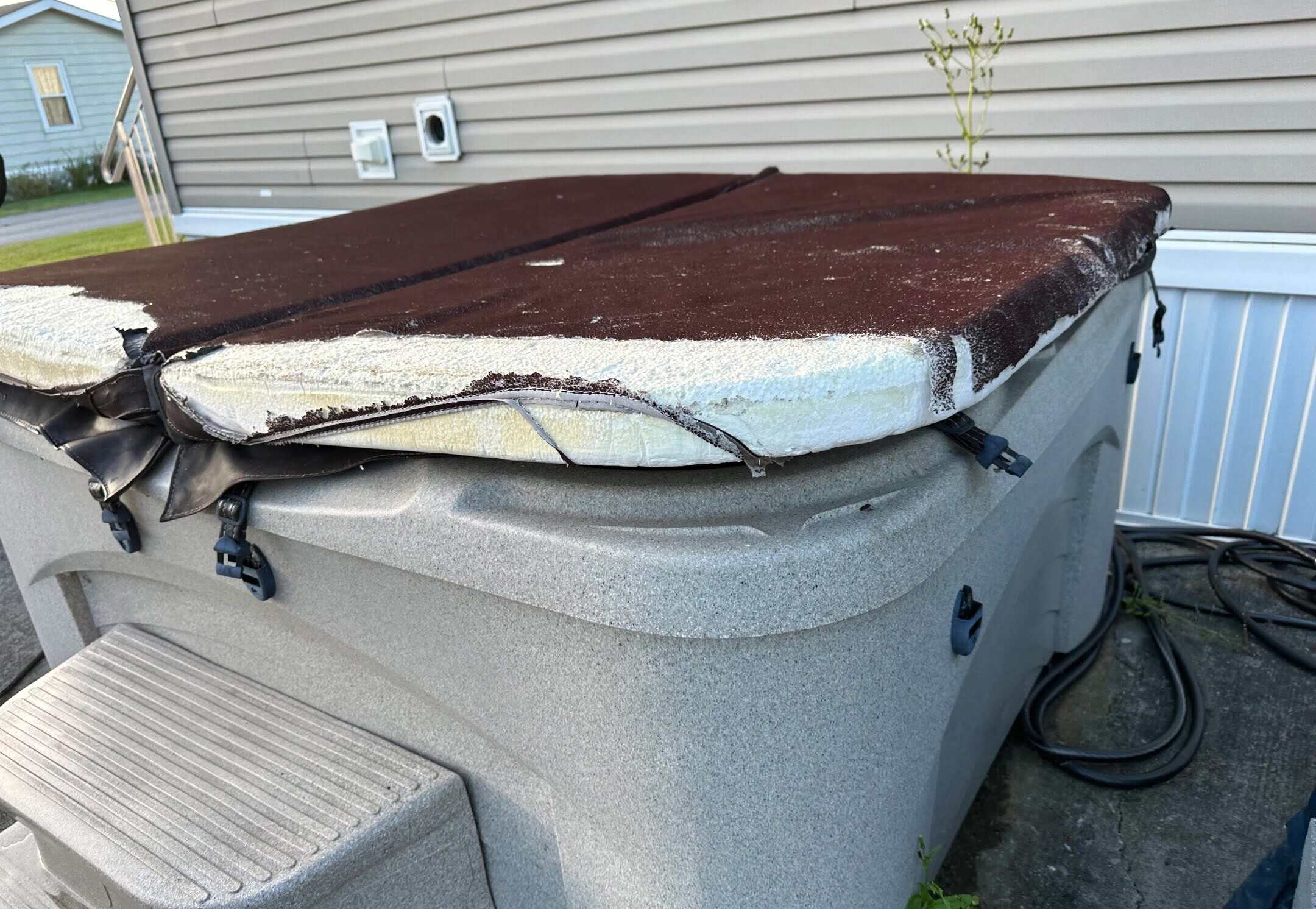

Pool & Spa Care
When To Replace Hot Tub Cover
Modified: January 3, 2024
Learn when to replace your hot tub cover for optimal pool and spa care. Discover the signs that indicate it's time for a new cover and how to maintain it for longevity. Keep your hot tub protected and efficient with the right cover replacement.
(Many of the links in this article redirect to a specific reviewed product. Your purchase of these products through affiliate links helps to generate commission for Storables.com, at no extra cost. Learn more)
Signs of Wear and Tear
Over time, your hot tub cover may begin to show signs of wear and tear. These signs can indicate that it’s time to consider replacing the cover to maintain the functionality and aesthetics of your spa. Here are some key indicators to look out for:
- Cracked or Torn Vinyl: Inspect the surface of the cover for any visible cracks or tears in the vinyl material. These can develop due to prolonged exposure to the elements, fluctuating temperatures, and general wear. If you notice extensive damage, it’s a clear sign that the cover’s structural integrity has been compromised.
- Sagging or Deformed Shape: A well-maintained cover should maintain its shape and provide a snug fit over the hot tub. If you observe significant sagging or deformation, it could be an indication of weakened support and diminished insulation capabilities.
- Faded Appearance: Exposure to UV rays can cause the cover’s color to fade over time. While this may be purely aesthetic, it can also signal that the material has become brittle and prone to further deterioration.
- Broken or Worn-out Seams: Inspect the seams and stitching of the cover. If you notice any unraveling threads, broken seams, or worn-out stitching, it’s a clear indication that the cover’s structural integrity has been compromised.
- Water Stains and Mold: Persistent water stains or mold growth on the underside of the cover can be indicative of water absorption and poor ventilation. This can lead to a compromised insulation barrier and potential hygiene concerns.
By staying vigilant and addressing these signs of wear and tear, you can ensure that your hot tub cover continues to provide optimal protection and insulation for your spa.
Key Takeaways:
- Keep an eye out for cracks, sagging, and faded appearance on your hot tub cover. Addressing these signs promptly ensures optimal protection and insulation for your spa.
- Regularly inspect and maintain your hot tub cover to prevent waterlogging, fading, and safety hazards. Prioritize safety and enjoy a secure and enjoyable spa experience.
Read more: How To Repair A Hot Tub Cover
Loss of Insulation
One of the primary functions of a hot tub cover is to provide insulation, helping to retain heat and conserve energy. Over time, however, the insulation properties of the cover can deteriorate, leading to decreased efficiency and increased energy costs. Here are some key factors to consider regarding the loss of insulation in a hot tub cover:
- Decreased Heat Retention: As the cover ages, the insulation materials may degrade, leading to reduced heat retention within the hot tub. This can result in longer heating times and increased energy consumption to maintain the desired water temperature.
- Escalating Energy Bills: A noticeable increase in energy bills without a corresponding change in usage patterns can be an indicator of diminished insulation in the hot tub cover. This can occur when the cover fails to effectively trap and retain the heat, causing the heating system to work harder and consume more energy.
- Temperature Discrepancies: If you observe significant temperature variations between the water inside the hot tub and the surrounding environment, it could be a sign that the cover’s insulation is no longer providing adequate thermal protection.
- Condensation and Moisture Buildup: Poor insulation can lead to condensation forming on the underside of the cover, along with moisture buildup within the insulation layers. This can compromise the cover’s structural integrity and contribute to mold growth and unpleasant odors.
- Physical Examination: Inspect the cover for any signs of compression or flattening in the insulation material. Over time, the insulating layers may lose their resilience, leading to a reduction in their ability to trap heat effectively.
When the insulation of a hot tub cover becomes compromised, it not only impacts the overall energy efficiency of the spa but also diminishes the comfort and enjoyment of the hot tub experience. Regularly evaluating the insulation performance and promptly addressing any deficiencies can help maintain optimal energy efficiency and prolong the lifespan of the cover.
Waterlogging
Waterlogging is a common issue that can affect hot tub covers over time, significantly impacting their functionality and structural integrity. When a cover becomes waterlogged, it can lead to a range of problems that compromise its performance and pose potential safety hazards. Here are some key considerations related to waterlogging in hot tub covers:
- Weight Increase: A clear indication of waterlogging is a noticeable increase in the weight of the cover. If you find that the cover has become significantly heavier than usual, it is likely due to water absorption within the insulation layers.
- Sagging and Deformation: Waterlogged covers often exhibit visible sagging and deformation, as the excess moisture causes the cover to lose its shape and structural integrity. This can lead to poor insulation and an unsightly appearance.
- Mold and Mildew Growth: Excessive moisture within the cover’s insulation can create an ideal environment for mold and mildew to thrive. This not only affects the aesthetics of the cover but also presents hygiene concerns and potential health risks for users.
- Reduced Insulation Performance: Waterlogged insulation loses its ability to effectively trap heat, leading to decreased energy efficiency and longer heating times for the hot tub. This can result in higher energy costs and a less enjoyable spa experience.
- Structural Damage: Prolonged waterlogging can compromise the structural integrity of the cover, causing the materials to weaken and deteriorate. This may lead to tears, rips, or other forms of damage that further exacerbate the cover’s condition.
Addressing waterlogging in a hot tub cover is crucial to maintain its functionality and prolong its lifespan. Regularly inspecting the cover for signs of water absorption, promptly addressing any waterlogged areas, and implementing proper maintenance practices can help mitigate the risks associated with waterlogging and ensure the optimal performance of the cover.
Replace your hot tub cover when it becomes waterlogged, cracked, or torn. A worn-out cover can lead to heat loss and higher energy bills.
Fading and Cracking
As hot tub covers are exposed to various environmental factors, they are susceptible to fading and cracking over time. These issues not only detract from the visual appeal of the cover but can also indicate underlying structural weaknesses that compromise its functionality. Here’s what to consider regarding fading and cracking in hot tub covers:
- UV Damage: Prolonged exposure to sunlight can cause the cover’s surface to fade and lose its original color. UV radiation can degrade the materials, resulting in a brittle and weathered appearance that diminishes the cover’s aesthetic appeal.
- Brittleness and Cracking: Fading often accompanies the development of cracks in the cover’s vinyl or other outer layers. These cracks can compromise the integrity of the cover, allowing moisture to penetrate and leading to further deterioration.
- Impact on Insulation: Fading and cracking can weaken the cover’s ability to provide effective insulation, as compromised materials are less capable of trapping heat and maintaining a thermal barrier. This can lead to increased energy consumption and diminished heat retention in the hot tub.
- Visual Deterioration: Faded and cracked covers not only appear unsightly but also detract from the overall aesthetic of the hot tub area. This can impact the appeal of the spa and diminish the enjoyment of the user experience.
- Structural Integrity: Cracks in the cover’s surface can extend beyond the aesthetic concerns and indicate structural weaknesses that compromise its durability and longevity. Addressing these issues promptly is essential to prevent further damage and ensure the cover’s continued functionality.
By monitoring the cover for signs of fading and cracking, hot tub owners can take proactive steps to address these issues and prevent their escalation. Implementing proper maintenance routines and considering protective measures, such as UV-resistant treatments, can help mitigate the impact of environmental factors on the cover’s appearance and performance.
Safety Concerns
Ensuring the safety of hot tub users is paramount, and the condition of the cover plays a crucial role in maintaining a secure and hazard-free environment. When a hot tub cover exhibits signs of wear and deterioration, it can give rise to various safety concerns that necessitate prompt attention. Here are key safety considerations related to hot tub covers:
- Weakened Structural Integrity: A cover that has experienced significant wear and tear, waterlogging, or material degradation may suffer from weakened structural integrity. This can pose safety risks, especially if the cover is unable to support the weight of snow, debris, or accidental loads.
- Risk of Entrapment: Damaged or improperly functioning covers can create the potential for entrapment, especially for small children or pets. It’s crucial to address any tears, gaps, or mechanical issues that could lead to entrapment scenarios.
- Slip and Fall Hazards: Waterlogged covers or those exhibiting mold and mildew growth can become slippery, posing a slip and fall hazard for individuals accessing the hot tub. Proper maintenance and timely replacement can mitigate this risk.
- Erosion of Safety Features: Many hot tub covers are equipped with safety features such as lockable straps or clips. If these components become worn or damaged, they may fail to secure the cover adequately, potentially leading to accidents or unauthorized access.
- Electrical Safety: Waterlogging and moisture buildup within the cover can pose electrical safety risks if the hot tub’s components or wiring are exposed to excess moisture. Regular inspections and maintenance can help prevent such hazards.
By prioritizing safety considerations and promptly addressing any issues that compromise the safety of the hot tub cover, owners can create a secure and enjoyable environment for themselves and their guests. Regular maintenance, timely repairs, and proactive replacement when necessary are essential steps in ensuring the safety and integrity of the hot tub cover.
Read more: How To Buy A Hot Tub Cover
Conclusion
Hot tub covers play a vital role in preserving the functionality, energy efficiency, and safety of your spa. By recognizing the signs of wear and deterioration, hot tub owners can take proactive steps to address these issues and maintain the optimal performance of their covers. From loss of insulation to waterlogging, fading, cracking, and safety concerns, it’s essential to remain vigilant and prioritize the maintenance and replacement of hot tub covers when necessary.
Regular inspections, proper maintenance routines, and prompt repairs are key components of effective cover care. When signs of wear and tear become apparent, it’s important to assess the extent of the damage and consider the overall impact on insulation, safety, and aesthetics. In many cases, replacing a worn-out cover is the most practical and beneficial solution to ensure continued enjoyment of the hot tub while safeguarding its components and users.
By investing in a high-quality replacement cover and adhering to a proactive maintenance schedule, hot tub owners can maximize the longevity and performance of their spa covers. Additionally, staying informed about the latest advancements in cover materials and design can help individuals make well-informed decisions when selecting a new cover for their hot tub.
Ultimately, a well-maintained and structurally sound hot tub cover contributes to a safe, energy-efficient, and visually appealing hot tub experience. By addressing the signs of wear and tear and prioritizing the maintenance and replacement of hot tub covers when necessary, owners can ensure that their spa remains a source of relaxation, rejuvenation, and enjoyment for years to come.
Frequently Asked Questions about When To Replace Hot Tub Cover
Was this page helpful?
At Storables.com, we guarantee accurate and reliable information. Our content, validated by Expert Board Contributors, is crafted following stringent Editorial Policies. We're committed to providing you with well-researched, expert-backed insights for all your informational needs.
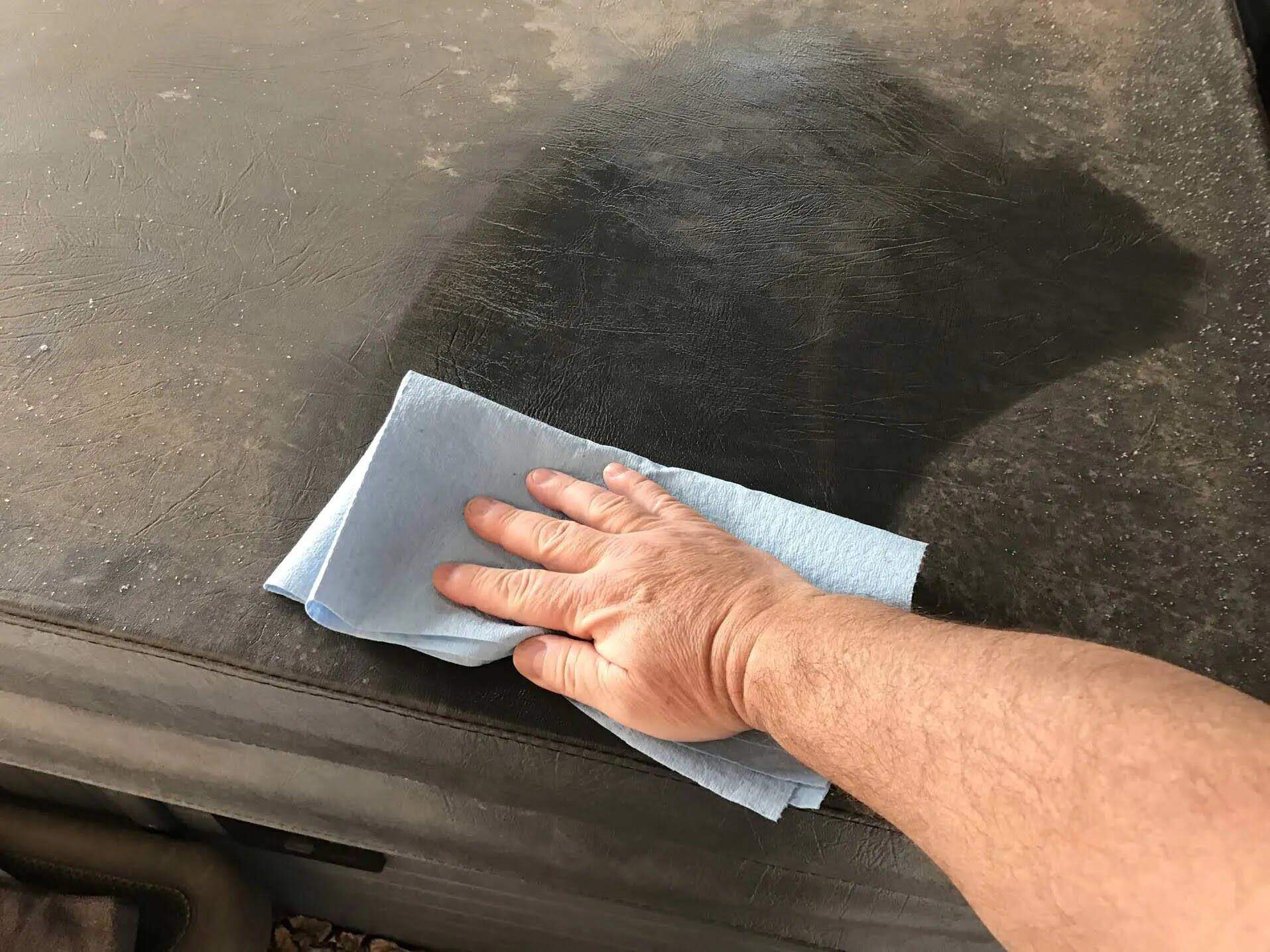
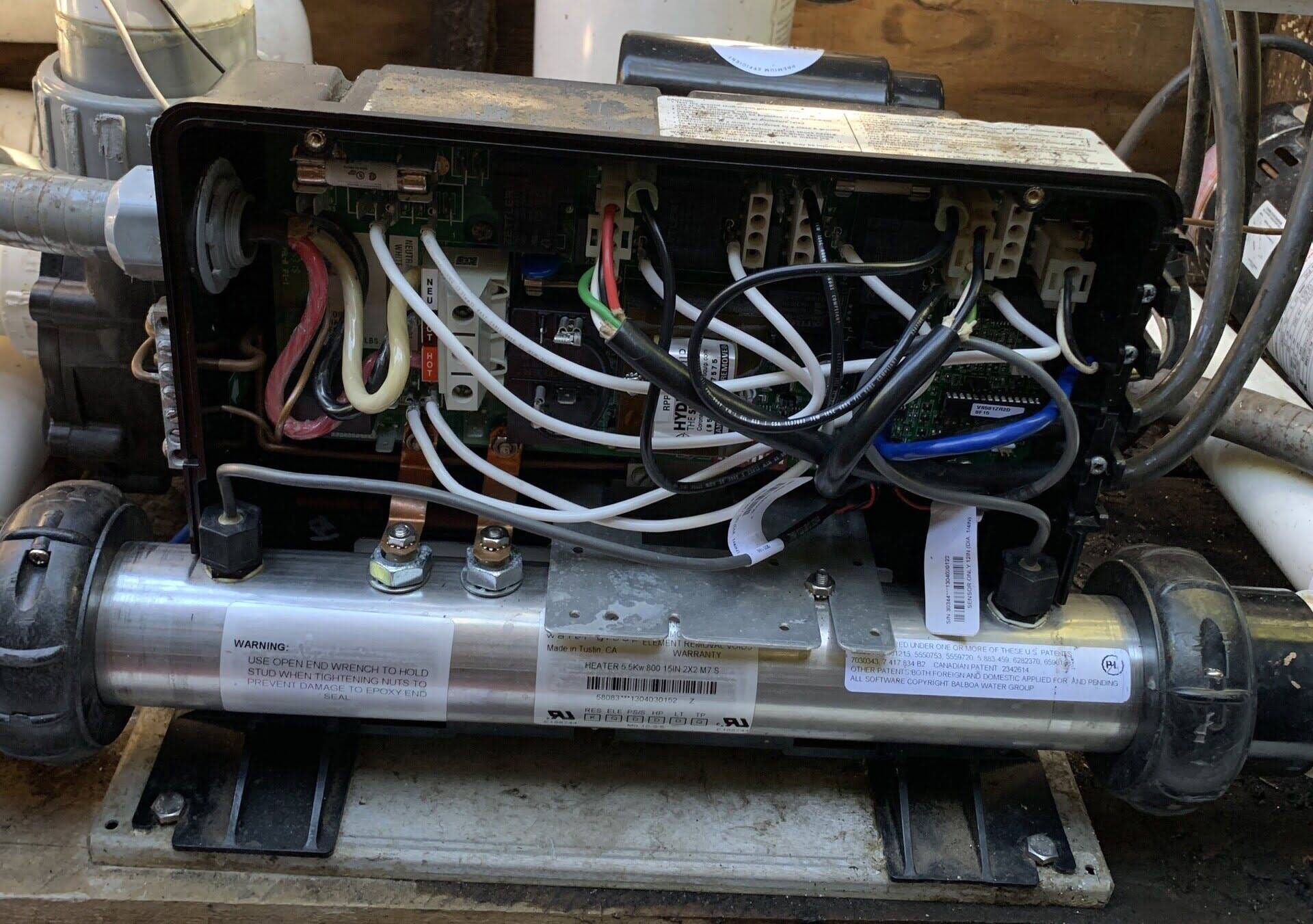
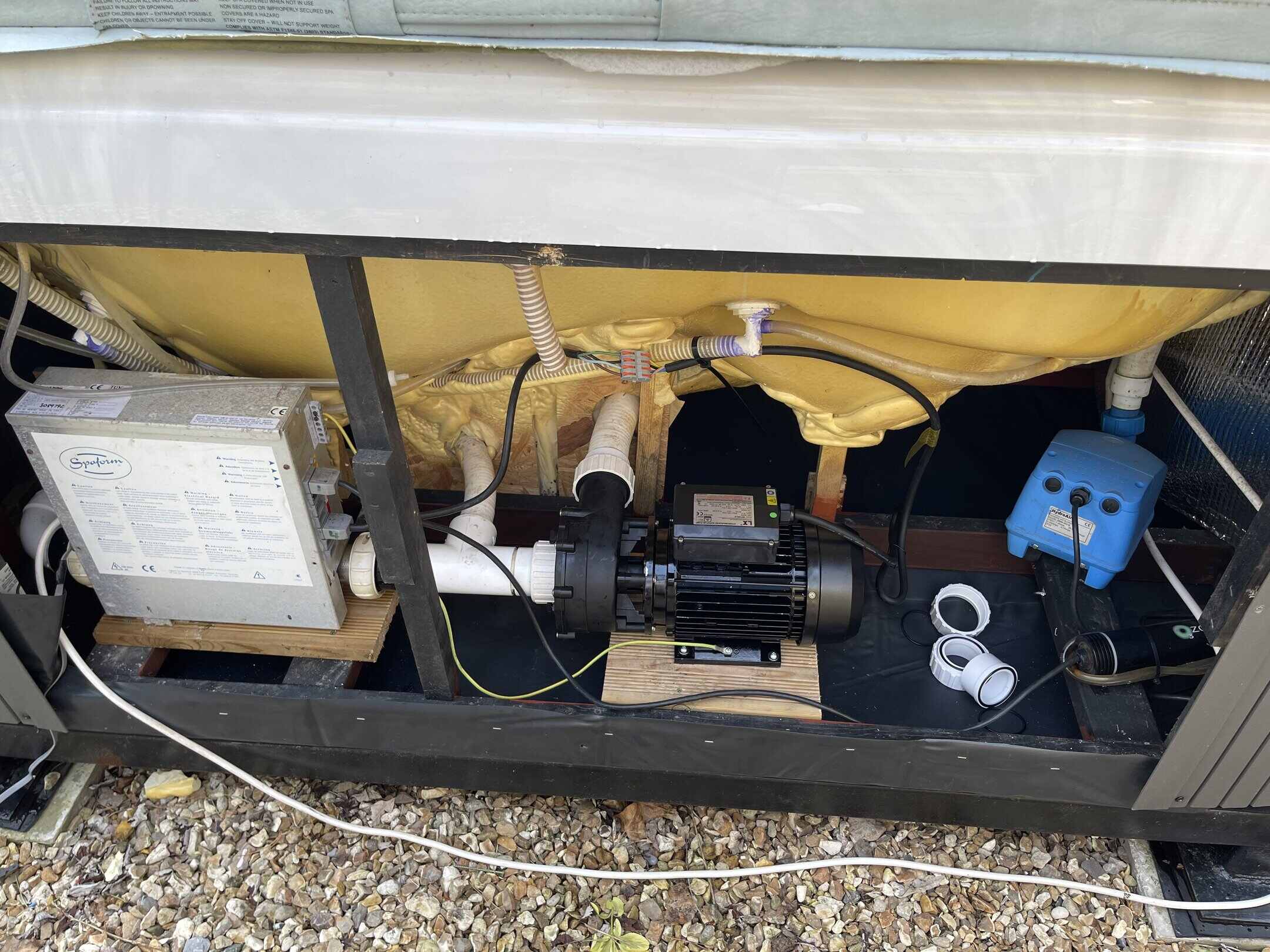
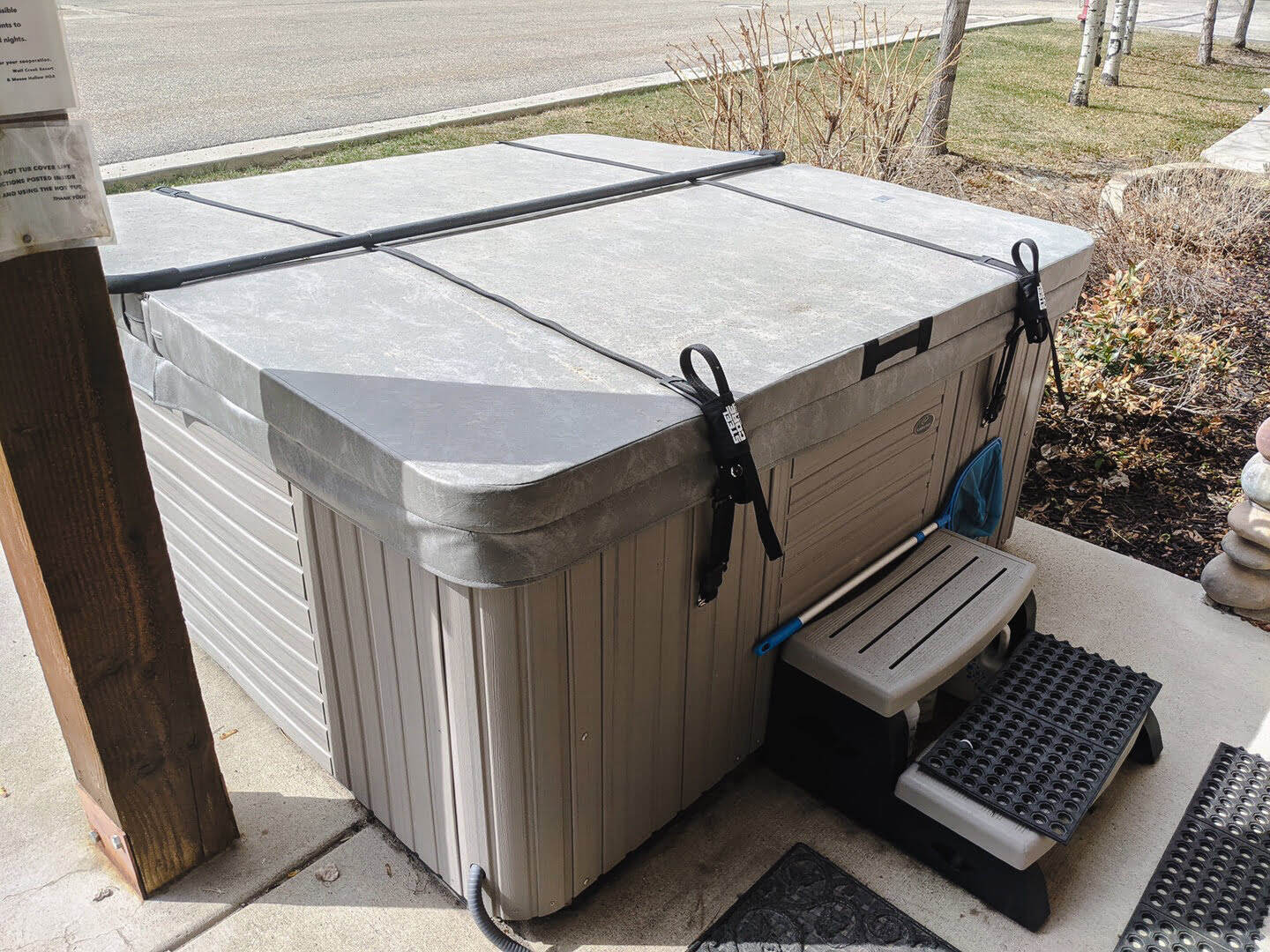
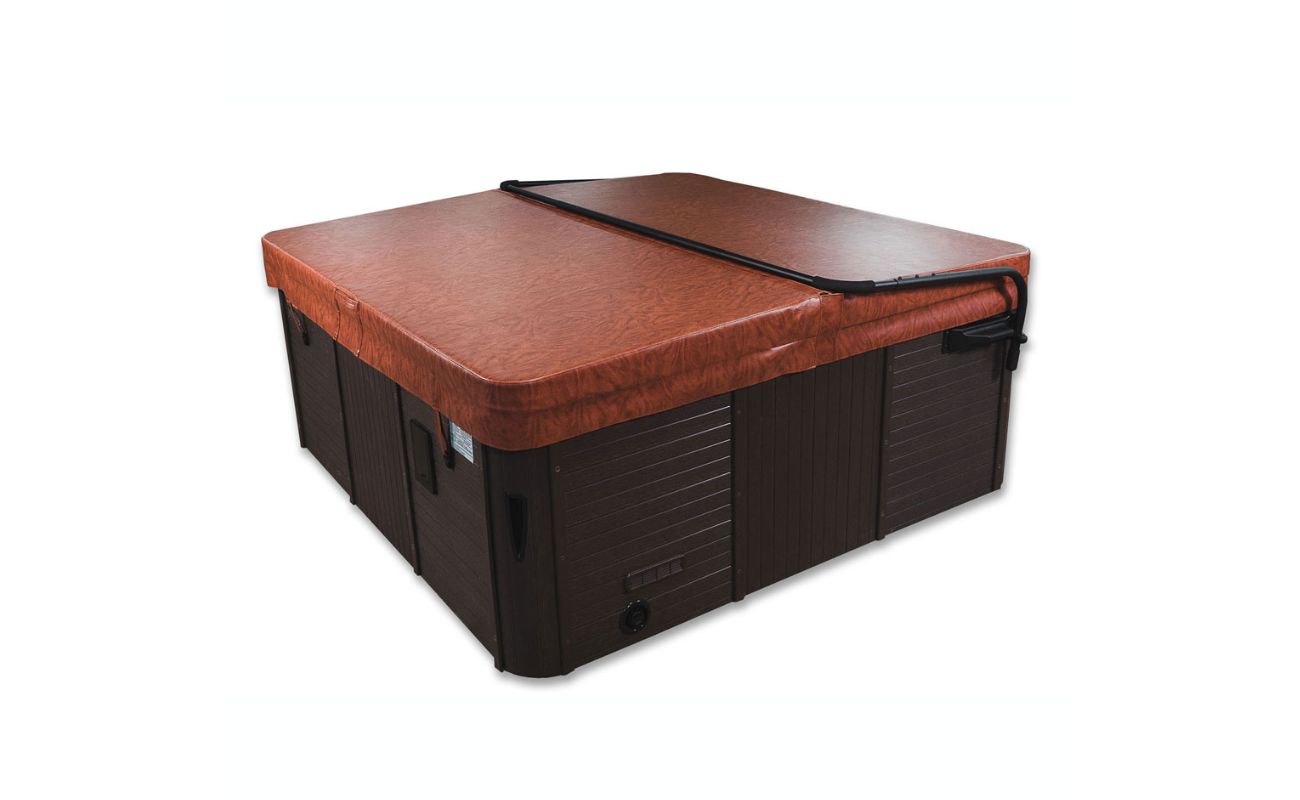
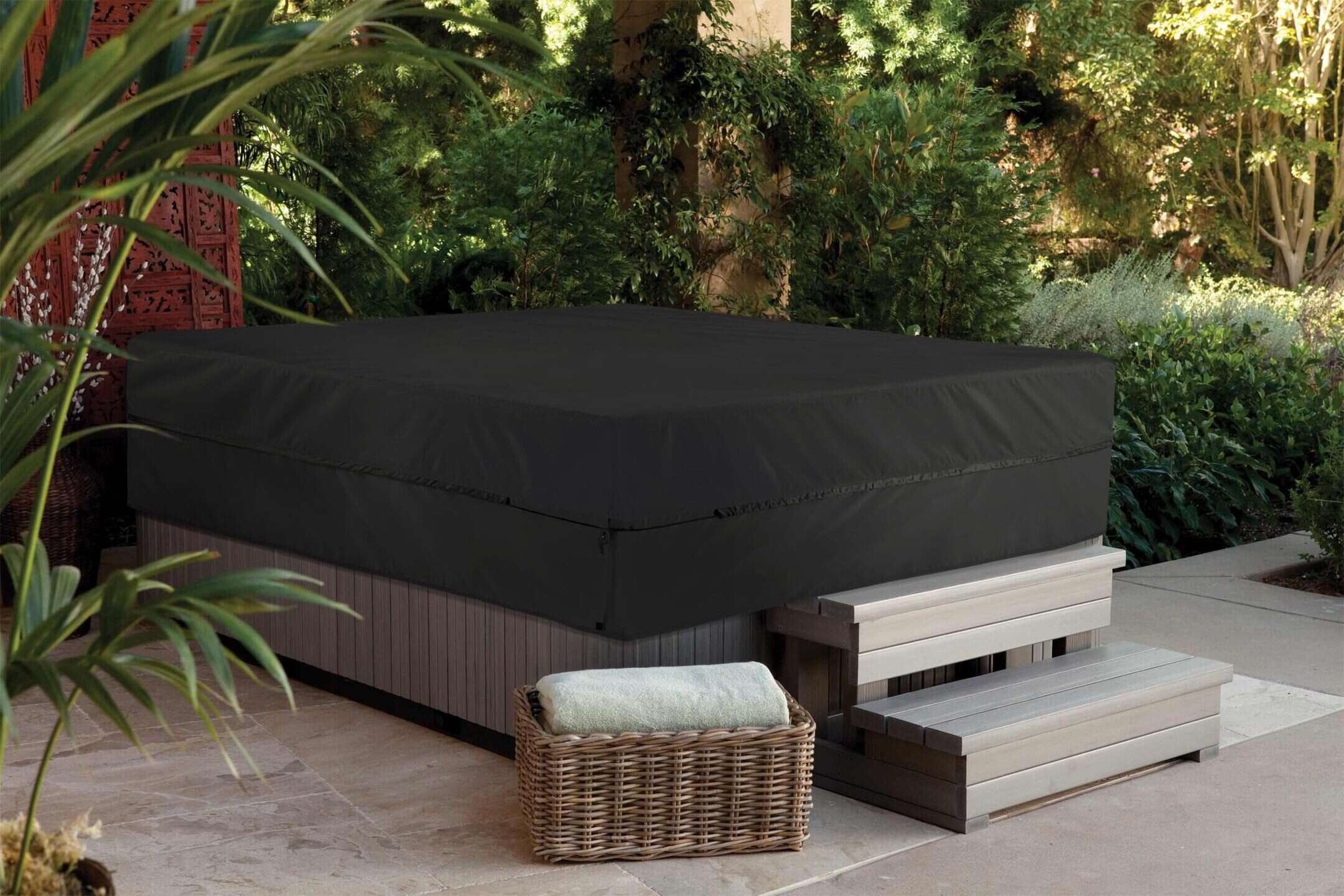
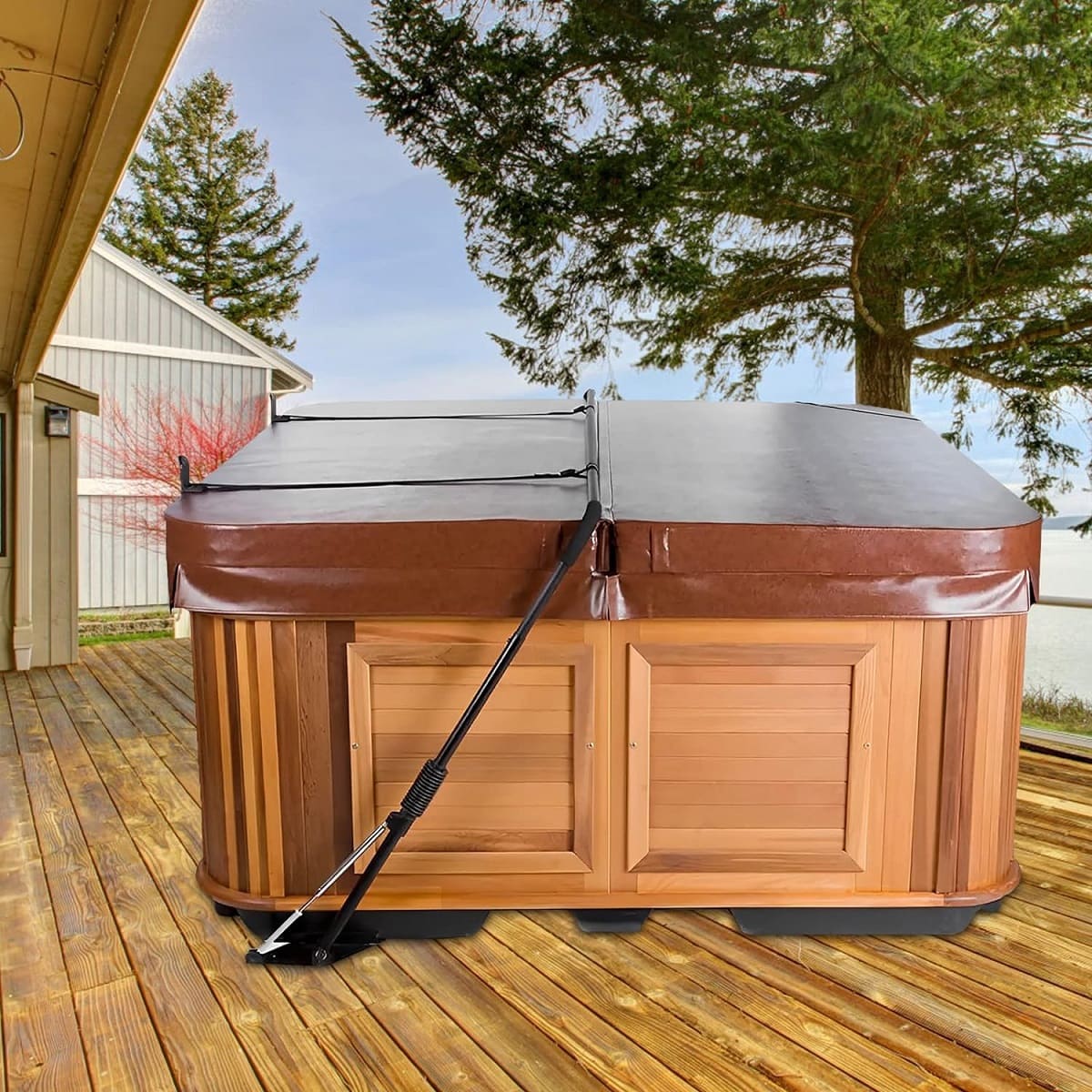
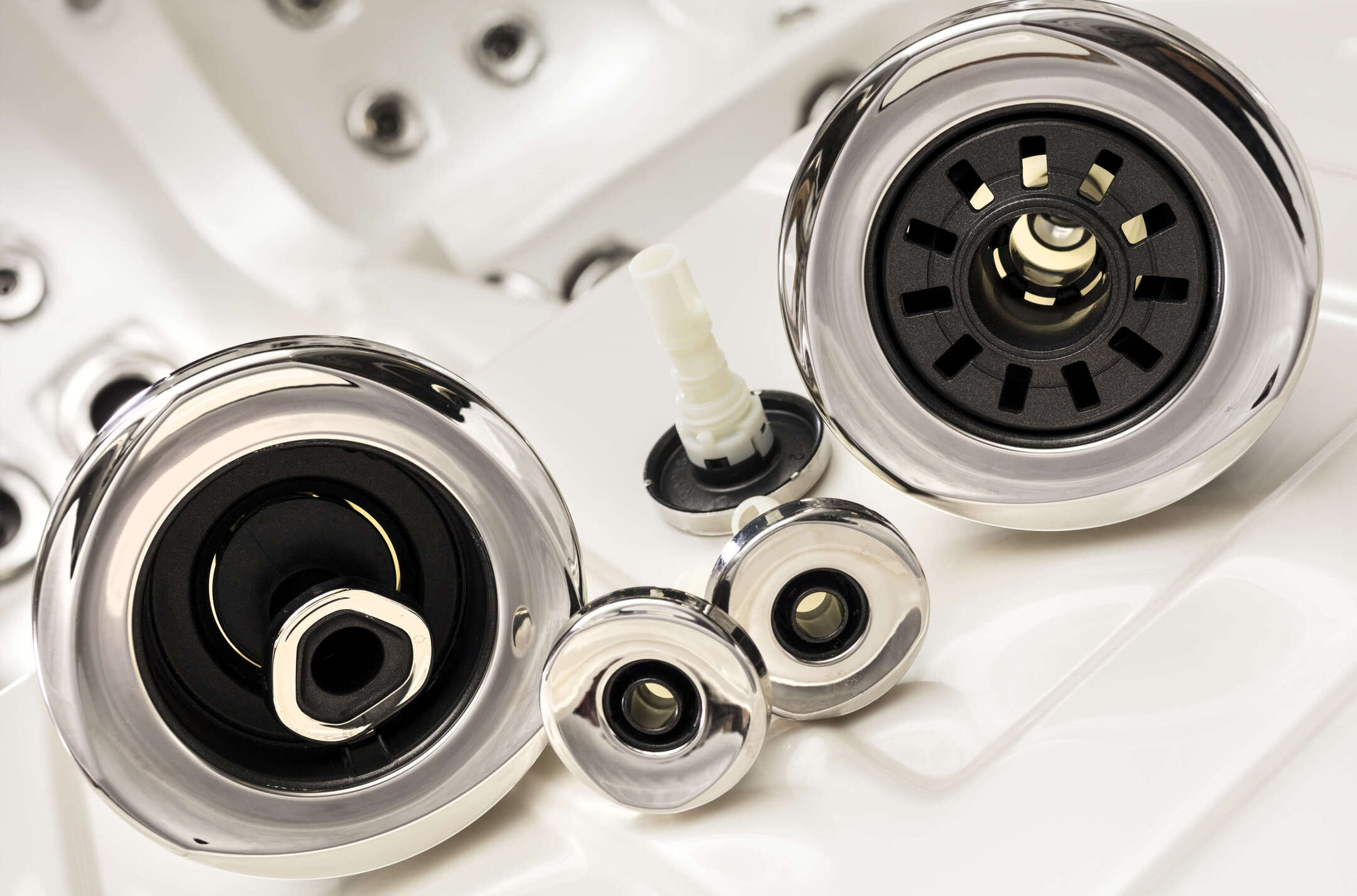
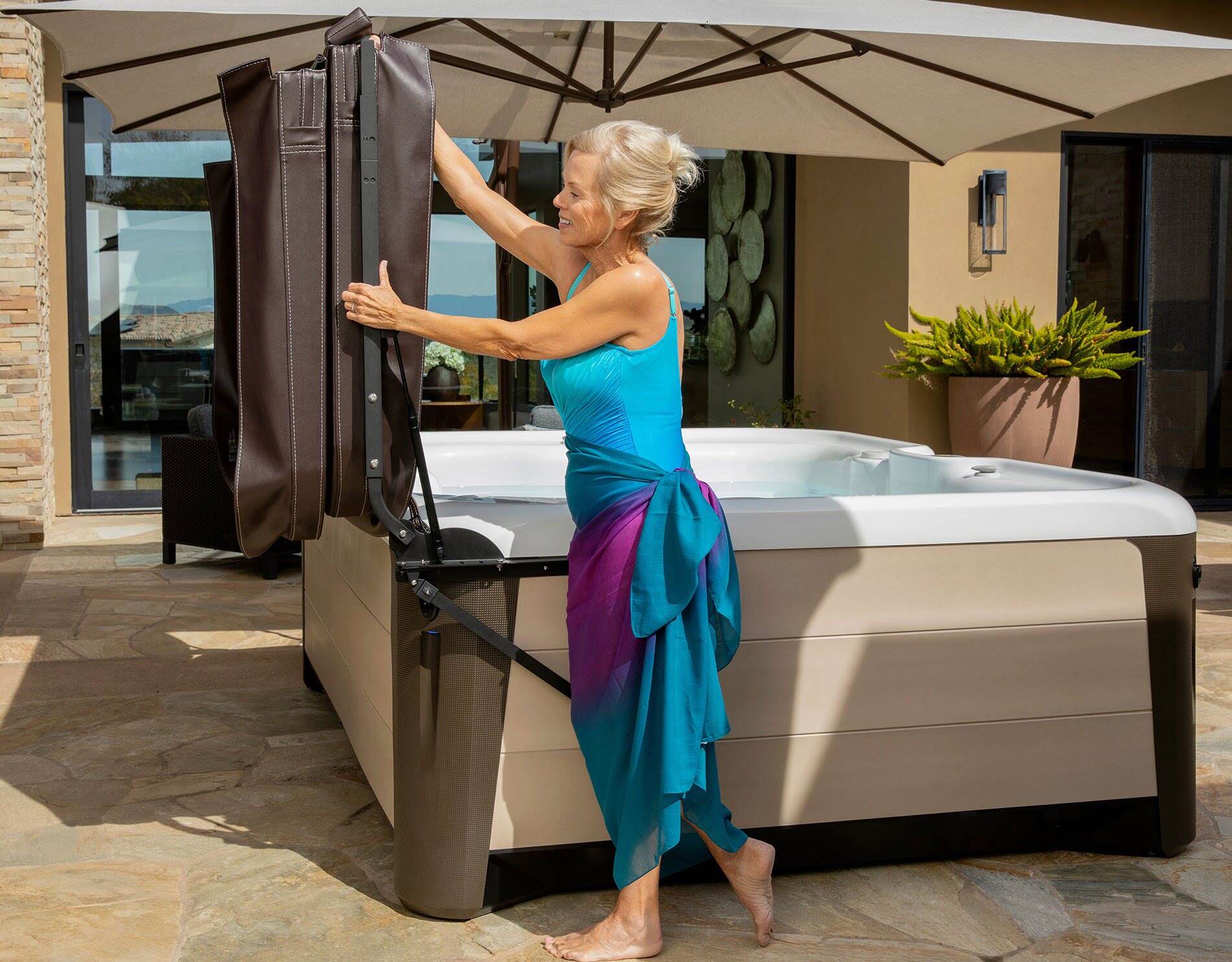
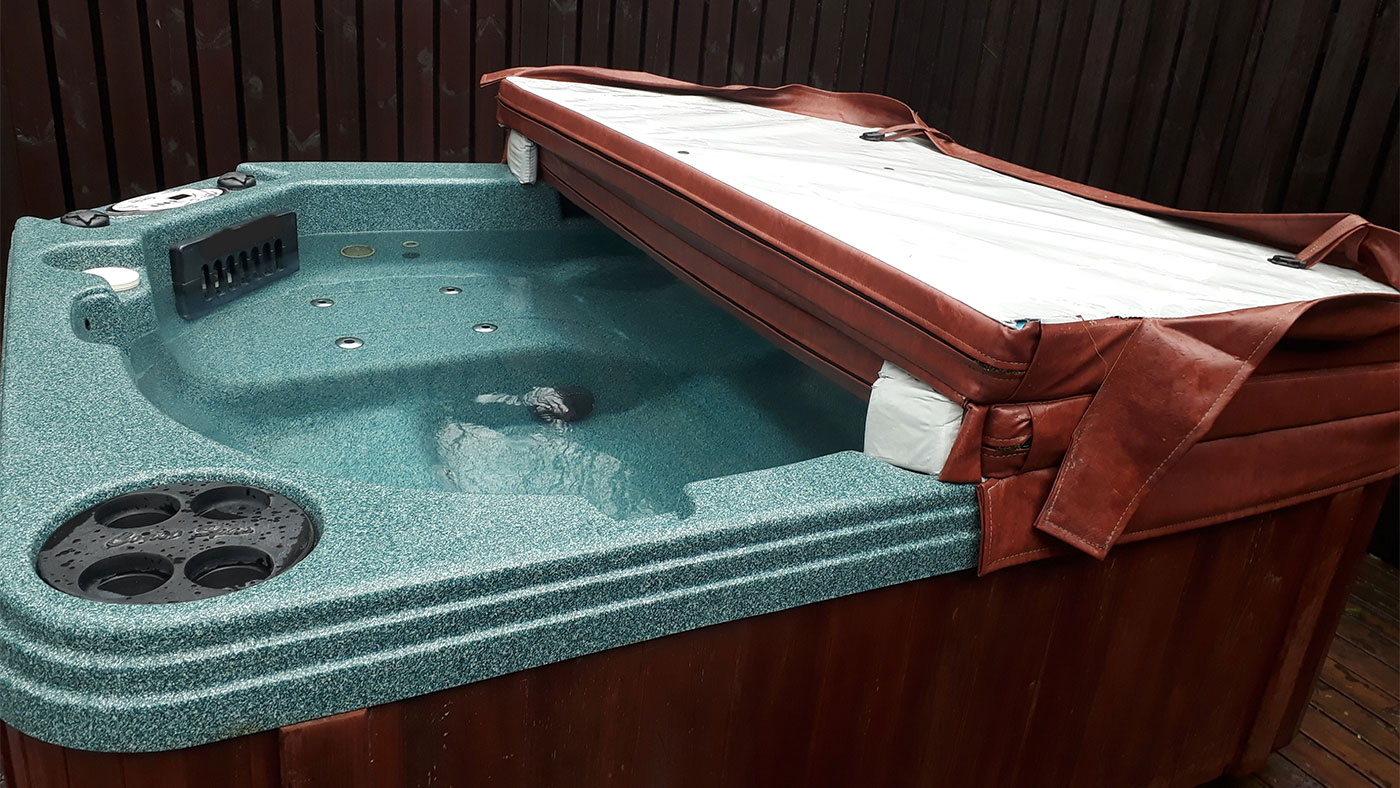
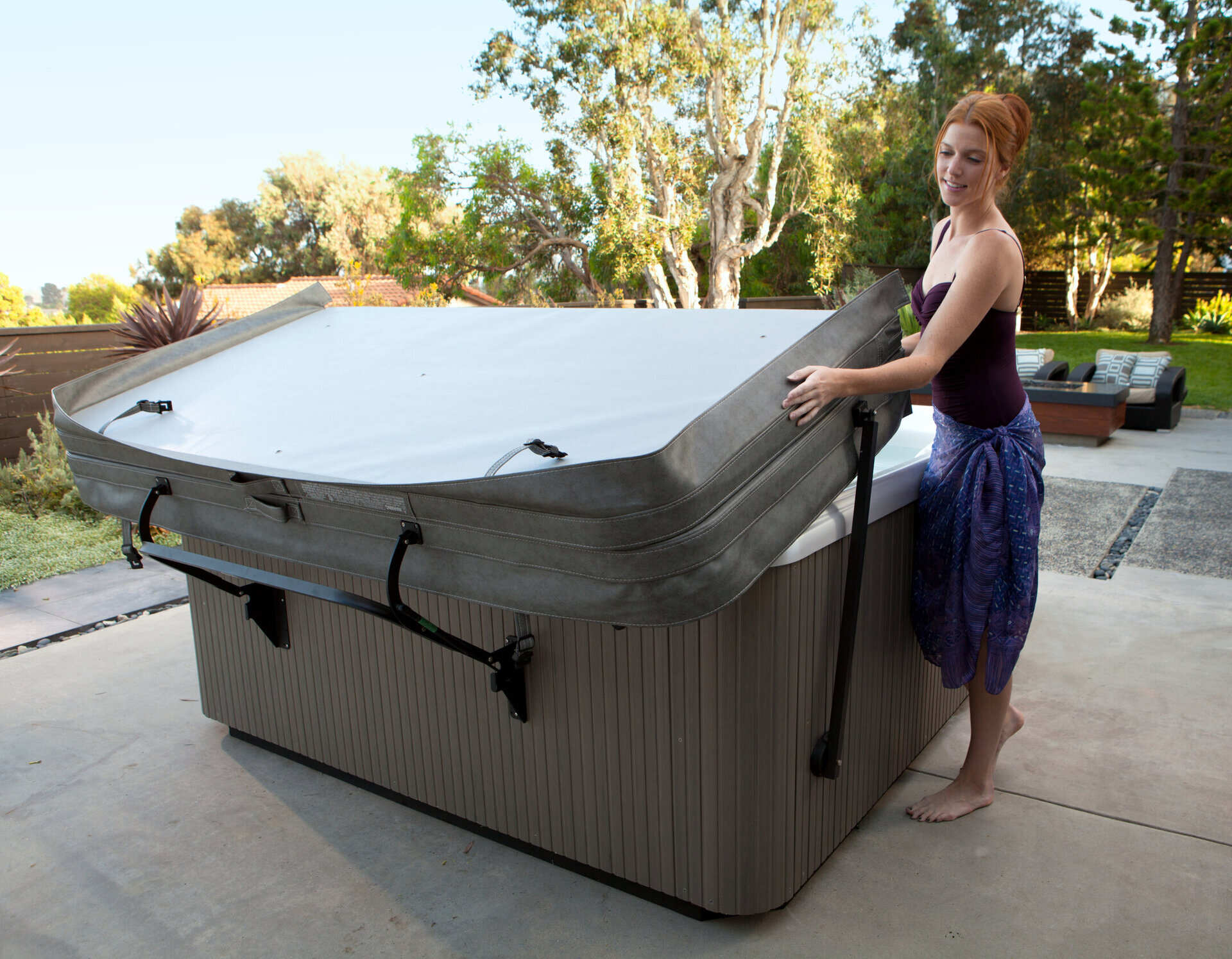
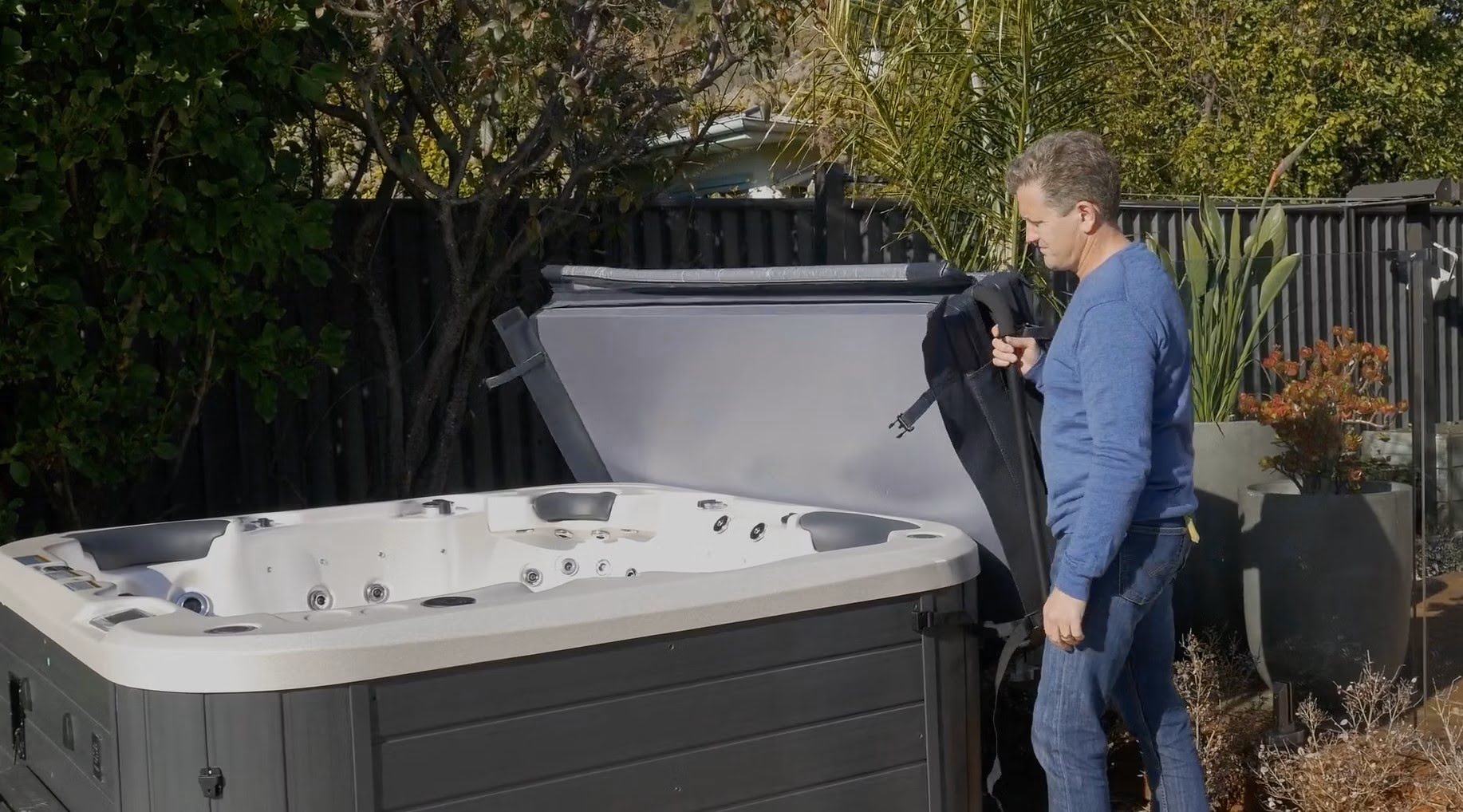
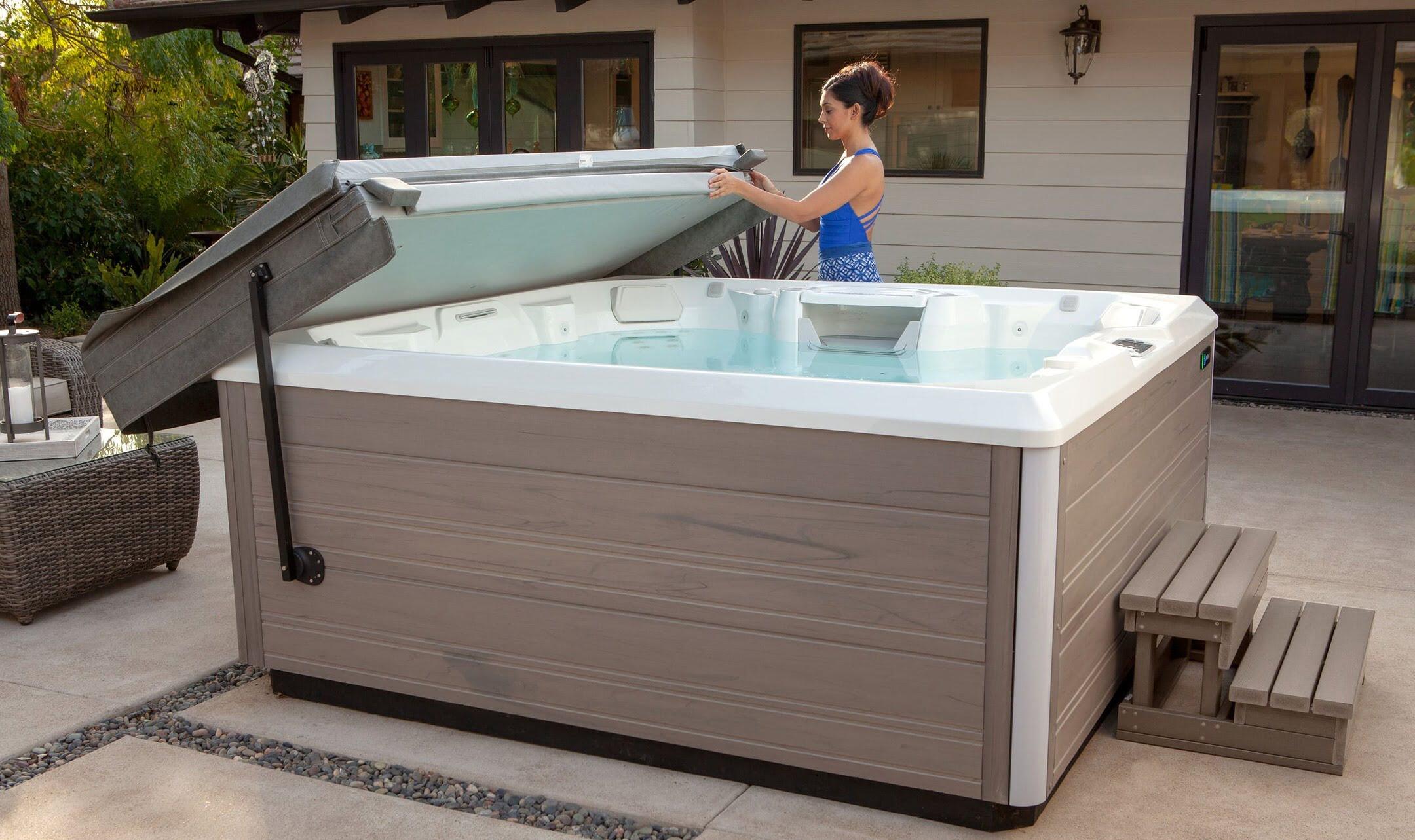
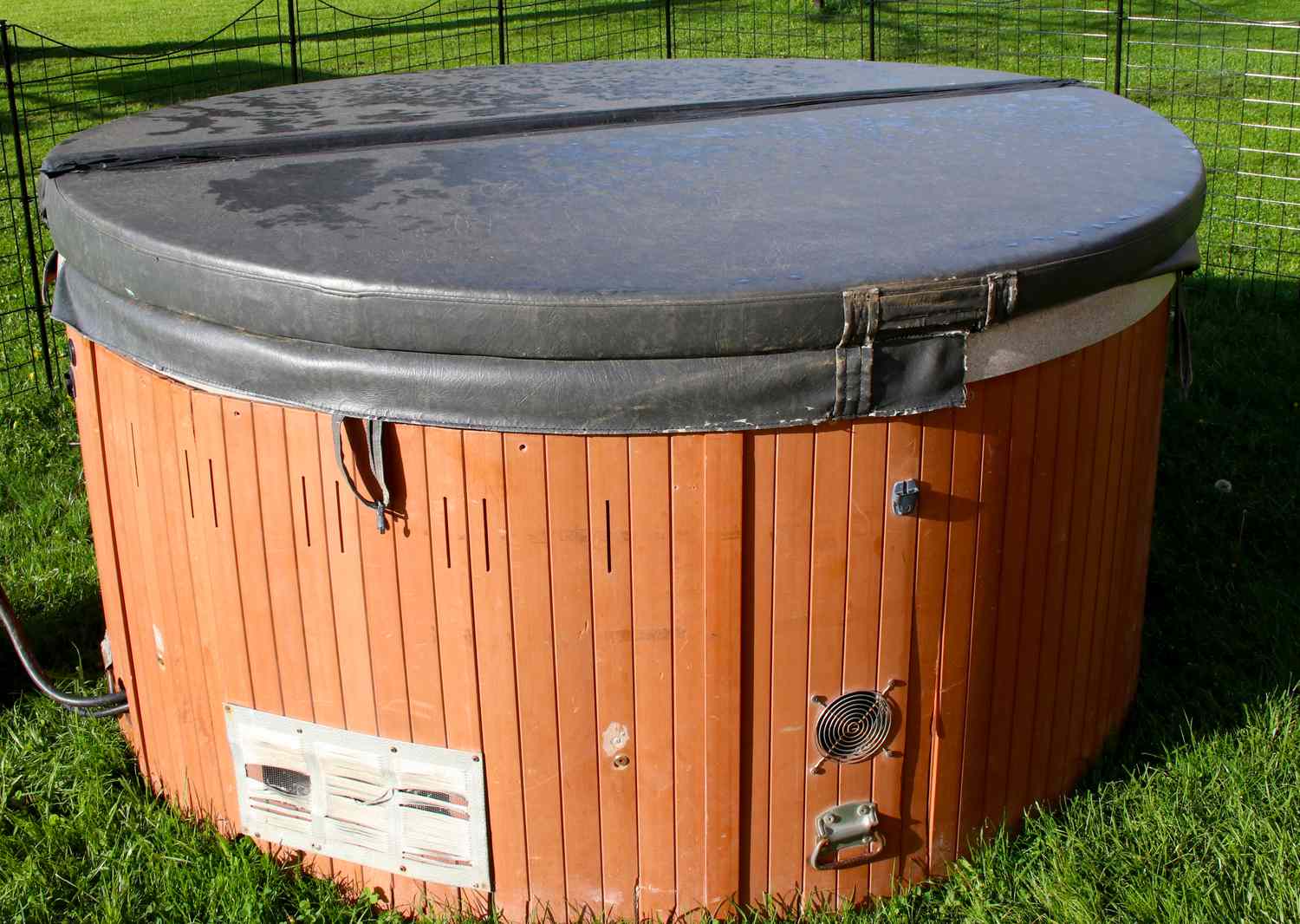

0 thoughts on “When To Replace Hot Tub Cover”